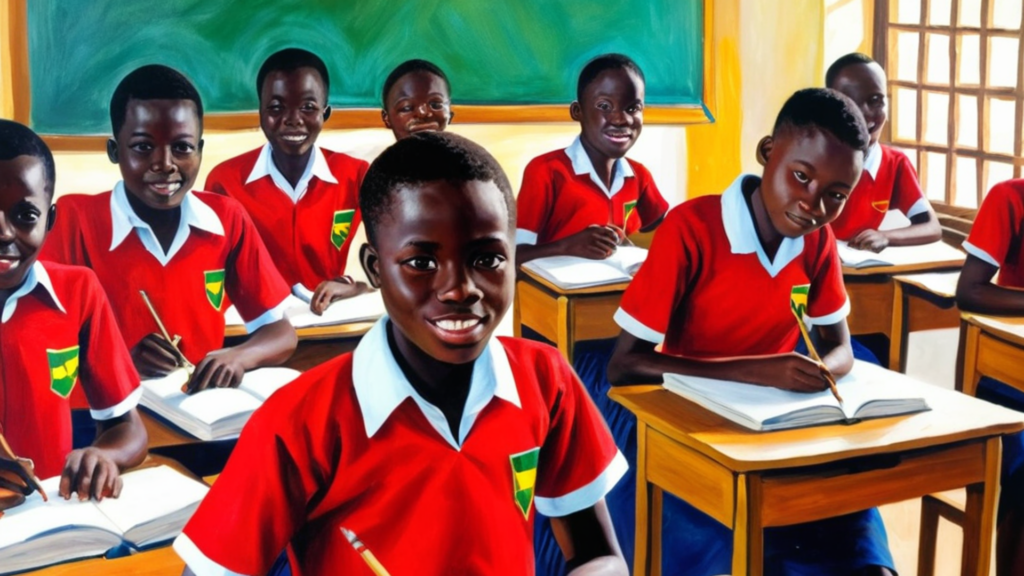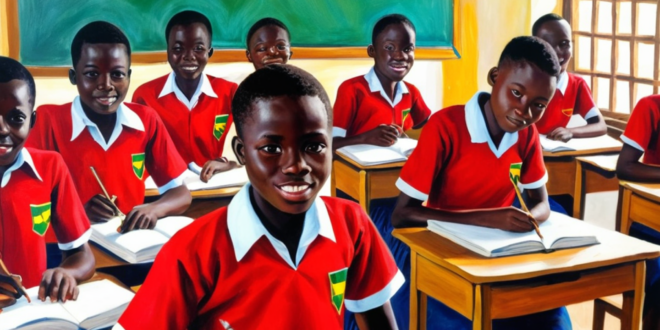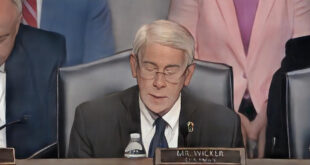Increase in Education Access
A report by the Ghana Statistical Service has revealed that access to education in Ghana has steadily increased over the past two decades, while the quality of education has fluctuated.
The report showed that the Gross Enrolment Rate (GER) at the kindergarten level more than doubled, rising from 51% to 122% between 2001 and 2003. Similar increases were observed across other education levels:
Primary GER increased from 80% to 90%.
Junior High School (JHS) GER rose from 64% to 98%.
Senior High School (SHS) GER tripled from 25% to 72%.
Presentation of the Report
The findings were presented by Professor Samuel Kobina Annim, the Government Statistician, in a report titled “Access to and Quality of Basic and Secondary Education in Ghana (2000–2023).” The study was conducted by the Ghana Statistical Service in collaboration with the Ministry of Education and used data from the Education Management Information System.
Challenges in Age-Appropriate Enrolment

Despite high GER figures, Net Enrolment Rates (NER), which measure age-appropriate enrolment, revealed that a significant number of pupils were not within the expected age ranges:
Kindergarten NER in 2023 stood at 66%, meaning two in three children aged four to five were enrolled.
Primary NER reached 80%, indicating eight in ten children aged six to eleven were in school.
JHS NER was only 47%, showing that less than half of children aged 12 to 14 were enrolled at this level.
Gender Disparities in Access and Performance
The report highlighted a reduction in gender disparities in access, with gender parity achieved at the primary level. However, differences in educational quality remain, particularly in core subject pass rates at JHS and SHS levels.
Mathematics (2021 WASSCE results): Boys (70%) outperformed girls (60%).
English: Girls (60%) performed better than boys (50%).
Gender disparities were more pronounced in English and Mathematics than in Science and Social Studies.
Regional Variations in Education Quality
The report also emphasized regional disparities in education quality, particularly in teacher availability and student performance:
Pupil-to-trained-teacher ratios in the Northern, North East, and Savannah regions exceeded 50 pupils per trained teacher, more than double the ratio in Greater Accra (25 pupils per trained teacher).
WASSCE Mathematics pass rates (2019):
Bono Region recorded the highest scores, nearly five times higher than the North East Region (21%).
English pass rates:
Bono (75.3%) performed significantly better than North East (5.1%) and Savannah (8%).
Implications and Policy Recommendations
Minister of Education, Mr. Haruna Iddrisu, stated that the report’s findings would provide valuable insights for the National Education Forum Planning Committee. These insights will help in formulating data-driven strategies aligned with national priorities.
Alignment with Sustainable Development Goals (SDGs)
The report tracks Ghana’s progress toward achieving Sustainable Development Goals (SDGs):
SDG 4: Quality Education
SDG 5: Gender Equality
SDG 10: Reduced Inequalities
By focusing on access, gender parity, and learning outcomes, the report aims to guide policy interventions for a more inclusive and high-quality education system in Ghana.
 Cmtv News News -Education – Entertainment – Sports
Cmtv News News -Education – Entertainment – Sports







